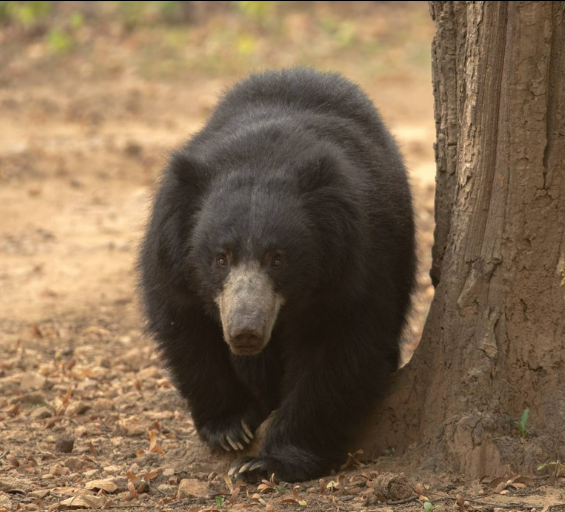The Earth has experienced five mass extinctions in its history, and now scientists are warning that we may be in the midst of the sixth. The sixth mass extinction is caused by human activities, such as deforestation, climate change, and pollution. This article will discuss the causes and effects of the sixth mass extinction.
The sixth mass extinction, also known as the Anthropocene extinction, is a term used to describe the ongoing extinction of species caused by human activities. The extinction rate is estimated to be 1,000 to 10,000 times higher than the natural extinction rate, and it is projected that up to one million species could become extinct within the next few decades. The primary causes of the sixth mass extinction are habitat loss, climate change, pollution, overfishing, and poaching.
The Role of Habitat Loss in The Sixth Mass Extinction
Habitat loss is the primary cause of species extinction, and it is caused by human activities such as deforestation, urbanization, and agriculture. Deforestation, in particular, is a major contributor to habitat loss, as it destroys the natural habitats of animals and plants. The destruction of forests also leads to soil erosion, which can lead to further habitat loss and the loss of biodiversity. Urbanization and agriculture also contribute to habitat loss, as they require large areas of land that are cleared of natural habitats.
What about Climate Change and Pollution?
Climate change is another major contributor to the sixth mass extinction, as it alters the natural habitats of animals and plants. Rising temperatures, changing rainfall patterns, and more frequent extreme weather events are all having a significant impact on the environment. As the climate changes, plants and animals are forced to adapt to new conditions or face extinction. For example, coral reefs are at risk of extinction due to ocean acidification, which is caused by rising carbon dioxide levels in the atmosphere.
Pollution is also a major contributor to the sixth mass extinction. Pollution can take many forms, such as air pollution, water pollution, and soil pollution. Chemicals and pollutants released into the environment can have devastating effects on wildlife and their habitats. For example, oil spills can have a significant impact on marine life, while pesticides and other chemicals can harm land-based animals and their habitats.

Overexploitation also driving the Sixth Mass Extinction
Overfishing is another significant contributor to the sixth mass extinction. Overfishing occurs when fish are caught at a rate that exceeds their ability to reproduce, leading to population declines and, in some cases, extinction. Overfishing is a significant problem in many parts of the world, and it is threatening the survival of many fish species.
Poaching is also a major contributor to the sixth mass extinction. Poaching refers to the illegal hunting and killing of animals for their body parts, such as ivory or fur. Poaching is a significant problem for many species, such as elephants, rhinoceroses, and tigers. In addition to the direct impact of poaching, it also contributes to habitat loss and the degradation of natural habitats.
Conclusion
The sixth mass extinction is having significant effects on the planet, including the loss of biodiversity, the degradation of ecosystems, and the disruption of ecosystem services. Biodiversity refers to the variety of life on Earth, and it is essential for the functioning of ecosystems. The loss of biodiversity can lead to a decrease in ecosystem productivity, which can have a significant impact on human societies. Ecosystem services, such as the provision of clean air and water, are also being disrupted by the sixth mass extinction.
In addition to the environmental impacts of the sixth mass extinction, it is also having significant social and economic impacts. Many communities rely on natural resources for their livelihoods, and the loss of these resources can have devastating effects on local economies. In addition, the loss of biodiversity can lead to the loss.
Help us Help Them! Think Wildlife Foundation is a non profit organization with various conservation initiatives. Our most prominent campaign is our Caring for Pari intiative. Pari is a rehabilitated elephant at the Wildlife SoS Hospital. 25% of the profits from our store are donated to the elephant hospital for Pari. Other than buying our wonderful merchandise, you could donate directly to our Caring For Pari fundraiser.
Written by: Sanghmitra Singh
